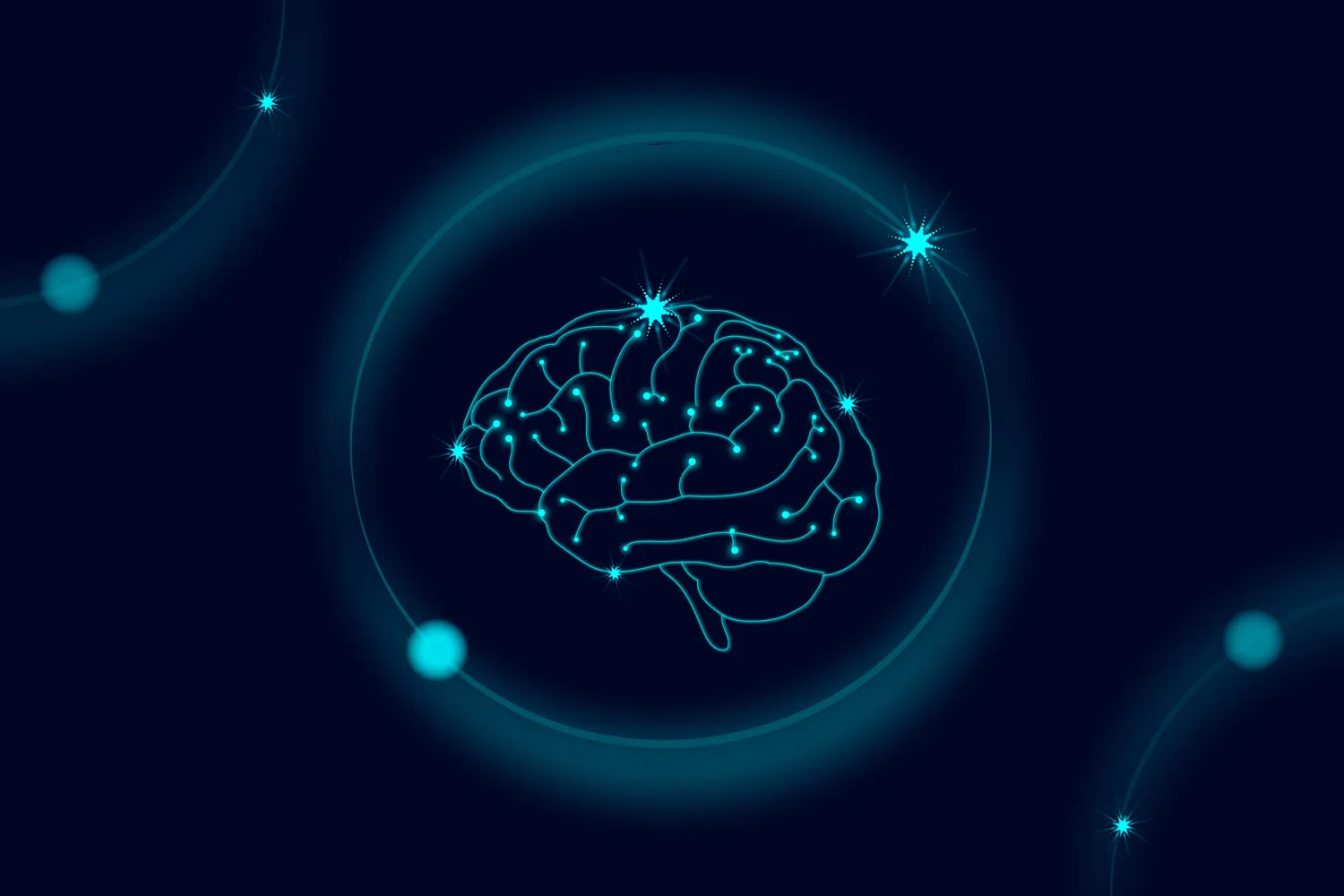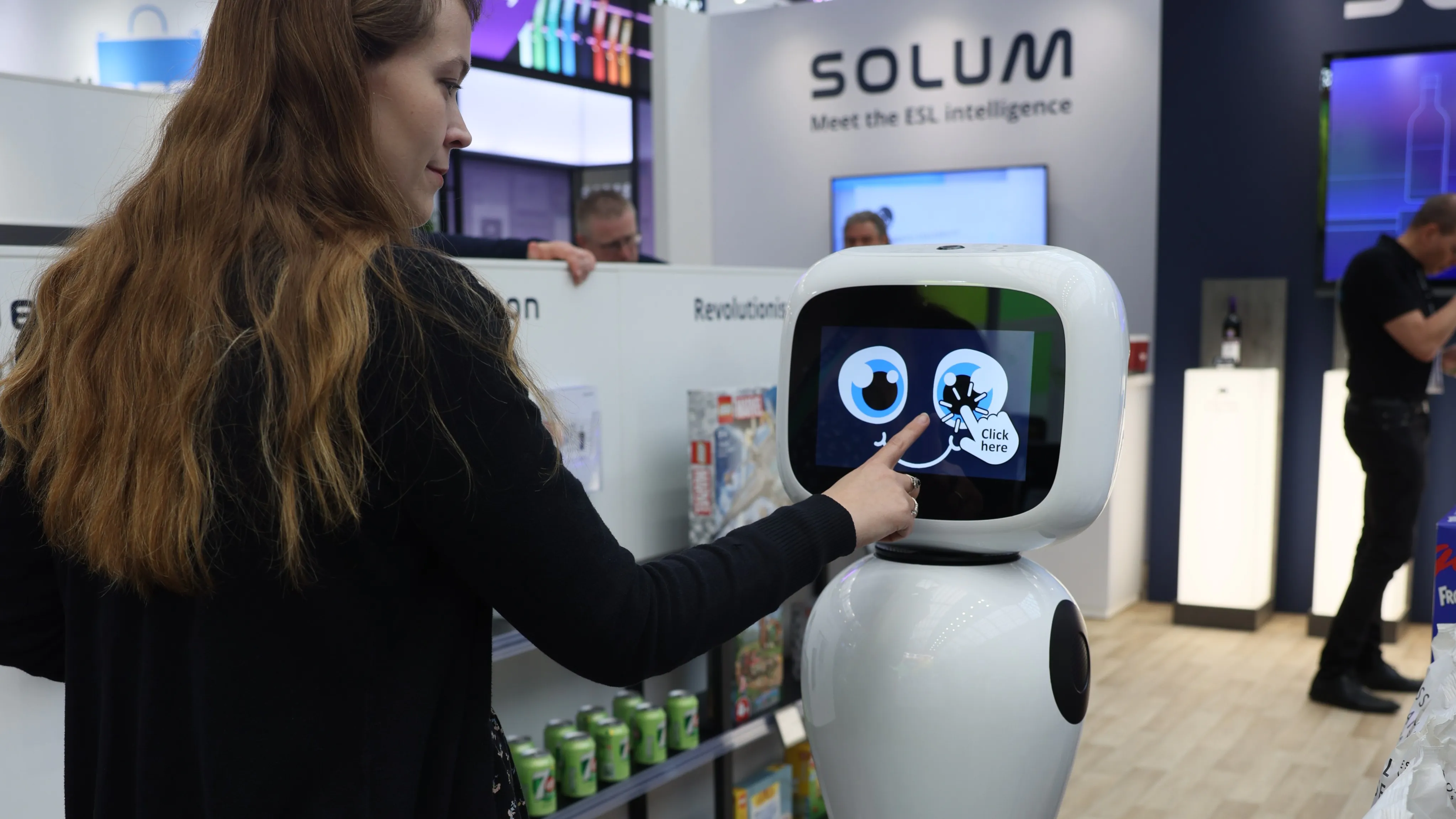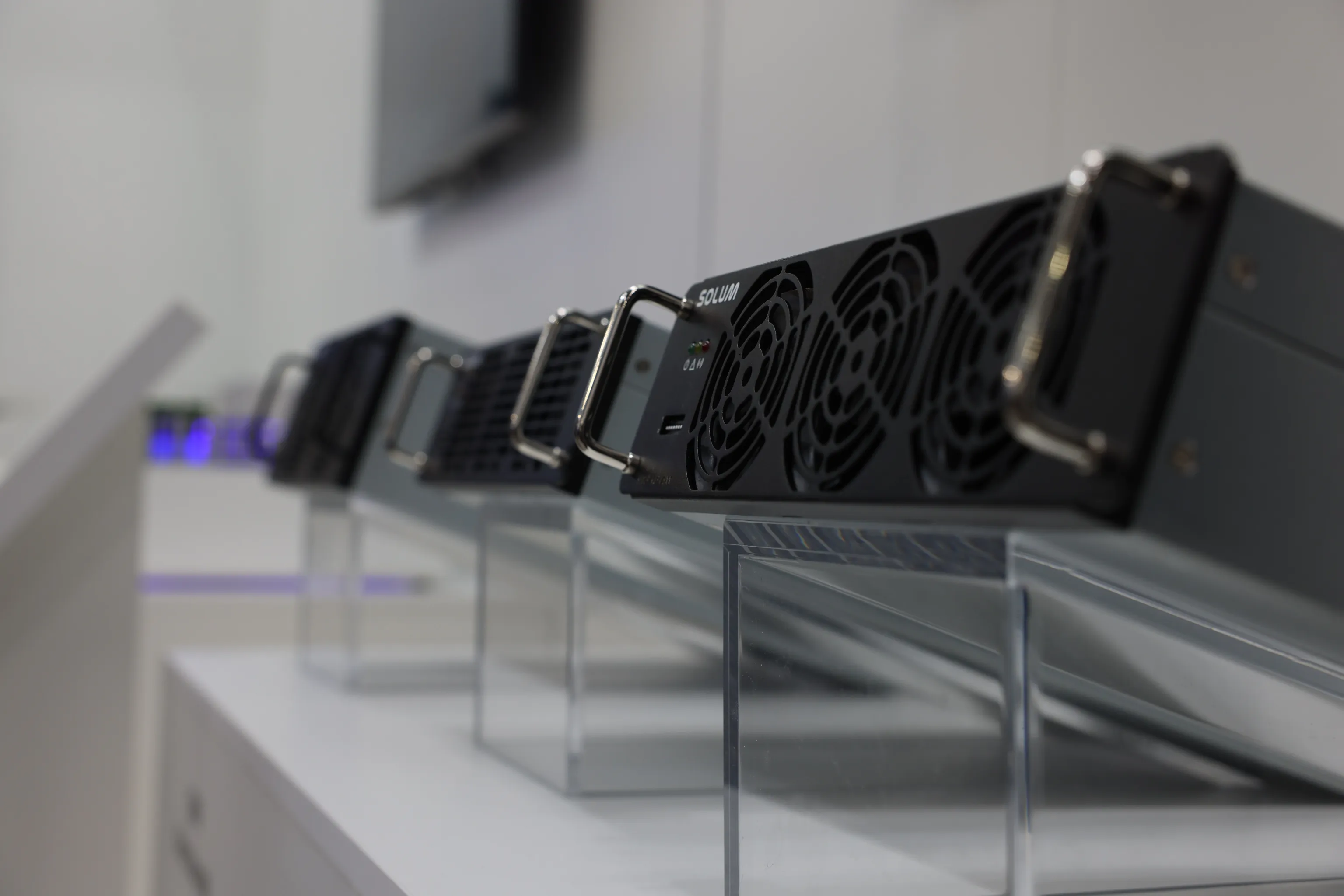Can Brainwave Sensors Detect Injury?
Brainwave sensors seem like an innovation from the future, but they're actually already here. What's even more interesting and impressive is its application in healthcare, particularly when it comes to detecting or learning more about a brain injury or brain disorder. So can these sensors truly help in detecting injuries and healthcare conditions?
What are brainwave sensors?
Brainwave sensors, also known as neuro-sensors, are devices that detect and measure brain activity. These sensors use electrodes to track electrical activity in the brain and can provide information about our mental states, moods, cognitive processes, and more. By measuring subtle changes in the brain's electrical activity, they can be used to monitor for conditions such as seizures, headaches, fatigue, and memory problems, and even to detect signs of injury or a serious health condition. With recent advancements in technology, brainwave sensors are becoming more widely used in healthcare, sports, education, and beyond.
Brainwave sensors are slowly becoming an important part of understanding brain injuries. They are a type of technology that can detect changes in a person’s brainwave activity, which can indicate any type of brain injury, such as a concussion. They can be used to track changes in a patient’s cognitive abilities and activities and provide data for physicians. Brainwave sensors also have the potential to be helpful tools in diagnosing and treating brain injuries. In addition, they may be used to track functional recovery after a brain injury, as they can measure the neurological changes that occur with a brain injury. Brainwave sensor technology holds great potential as a tool for improving the treatment of brain injuries and long-term rehabilitation.
What are the types of brain injuries and the challenges in detecting these injuries?
Brain injuries can result from various causes, including accidents, sports-related incidents, medical conditions, and more. These injuries can have serious consequences, affecting cognitive function, motor skills, and overall quality of life. Detecting brain injuries early is crucial for timely medical intervention and improved outcomes. Here are some of the most common types of brain injuries and the challenges associated with their detection.
Common types of brain injuries:
- Traumatic Brain Injuries (TBIs)
TBIs are a broad category of brain injuries caused by external forces. They range from mild to severe, with potential long-term cognitive, emotional, and physical impacts. Detecting TBIs can be difficult due to the wide range of symptoms and the lack of clear, immediate markers. Symptoms might not appear until hours or even days after the injury. - Concussions
Concussions are a type of traumatic brain injury (TBI) caused by a blow to the head or a sudden jolt that results in the brain moving within the skull. They are common in sports, accidents, and falls. Detecting concussions can be challenging because symptoms may not appear immediately. Some concussions do not lead to loss of consciousness, making it harder to identify cases that require medical attention. - Diffuse Axonal Injury (DAI)
DAI is a type of injury that occurs when the brain's axons (the long nerve fibers that transmit signals) are stretched or torn due to rapid deceleration or rotational forces. DAI can result from car accidents or severe shaking. Detecting DAI can be complicated because it often doesn't show up on traditional imaging techniques like CT scans (computed tomography) or magnetic resonance imaging (MRI). - Anoxic Brain Injuries
Anoxic brain injuries result from a lack of oxygen supply to the brain, which can occur during cardiac arrest, suffocation, or other oxygen-deprivation events. Detecting anoxic brain injuries can be challenging because the symptoms may not appear immediately. Additionally, the extent of damage can vary depending on the duration of oxygen deprivation. - Brain tumor
A brain tumor is an abnormal growth of cells within the brain or its surrounding structures. It can be benign (non-cancerous) or malignant (cancerous) and can originate within the brain (primary tumor) or spread from other parts of the body (metastatic tumor). Brain tumors can disrupt normal brain function by exerting pressure on nearby tissues, causing symptoms such as headaches, seizures, cognitive changes, and motor difficulties.
Challenges in Detection:
- Delayed Symptoms: Many brain injuries, especially mild TBIs like concussions, might not immediately exhibit noticeable symptoms. This delay can lead to underreporting and delayed medical attention.
- Varied Presentation: Brain injuries can manifest in diverse ways, making it difficult to pinpoint a standard set of symptoms for early detection. Symptoms might overlap with other conditions, complicating the diagnosis.
- Subjective Reporting: Patients' self-reporting of symptoms plays a crucial role in diagnosis. However, individuals might downplay their symptoms due to stigma, lack of awareness, or fear of repercussions.
- Lack of Biomarkers: Unlike some medical conditions where biomarkers aid in diagnosis, brain injuries often lack specific biomarkers that can definitively indicate the presence or severity of an injury.
- Imaging Limitations: Traditional imaging techniques like CT scans and MRIs might not always capture subtle brain changes, such as in mild concussions or DAI. Advanced imaging methods are needed.
- Individual Variation: Each person's brain responds differently to injury, making it challenging to establish universal diagnostic criteria or predictive models.
Limited Accessibility: Advanced diagnostic tools, such as specialized brainwave sensors or sophisticated imaging equipment, might not be readily available in all healthcare settings.
How to detect brain injury with the use of brainwave sensors?
Brainwave sensors are a relatively new technology that can be used to detect the signals generated by a person's brain. They can be used to measure a person's cognitive activity, including their attention and focus. By monitoring brainwave activity, researchers have shown that they can detect if a person has suffered a brain injury or is having difficulty concentrating.
In 2019, researchers used electroencephalography, or EEG, to look for signs of brain activity in a group of brain-injured or comatose patients. EEG is already used to diagnose epilepsy and other brain disorders, but this study showed that EEG recordings can be used to detect "preserved consciousness" in unresponsive patients with severe brain injury. This technology is being used to track long-term changes in patients and cases like this. Doctors can monitor any changes in a patient's brainwave activity and make adjustments to their treatment.
Additionally, brainwave sensors can be used to detect the presence of any unusual activity in a patient's brain, such as in the case of a brain injury. By measuring the frequency and intensity of brainwaves, physicians can gain insight into any changes in brain activity and detect any issues that could indicate a brain injury.
For example, scientists at the University of Birmingham have developed a new kind of brainwave sensor to measure weak magnetic signals (magnetoencephalography, or MEG) in the brain. This new innovation has the potential to enhance medical professionals' understanding of the brain's connectivity. This can also lead to better detection of signs or symptoms of various types of traumatic brain injuries, dementia, and schizophrenia.
Brain injuries and brain disorders like dementia or schizophrenia don't present or manifest like regular conditions, thus making them harder to detect and treat. Making it more difficult is the fact that the need for early detection can help avert further challenges or complications with these conditions. This makes brainwave sensors all the more significant. It's a valuable tool that will be of tremendous help as doctors try to detect and treat brain injuries early and efficiently.
Achieving Wellness on Your Own with SOLUM Brainwave Sensor
While most brainwave sensors in the medical field, sports field, and healthcare are now being used to learn more about how to detect brain injury and treat conditions, other brainwave sensors can also be used to achieve wellness and improve quality of life.
SOLUM Group has created SOLUM Mindy, a multi-sensor device that provides real-time feedback on your brain activity, heart rate, breathing, and body movements. SOLUM Mindy is a good start to relieving stress and boosting your wellness, whether you're an athlete, an overworked professional, or just a regular person who wants to achieve an active or healthy lifestyle. SOLUM Mindy can guide you through meditations, various workouts, better sleep quality, and more. This brainwave sensor is here to help you practice mindfulness and connect with your mind better.
Brainwave sensors have a lot of potential and benefits for different kinds of people, this cannot be denied. And as technology advances and more people embrace it, our healthcare and lives can improve.











